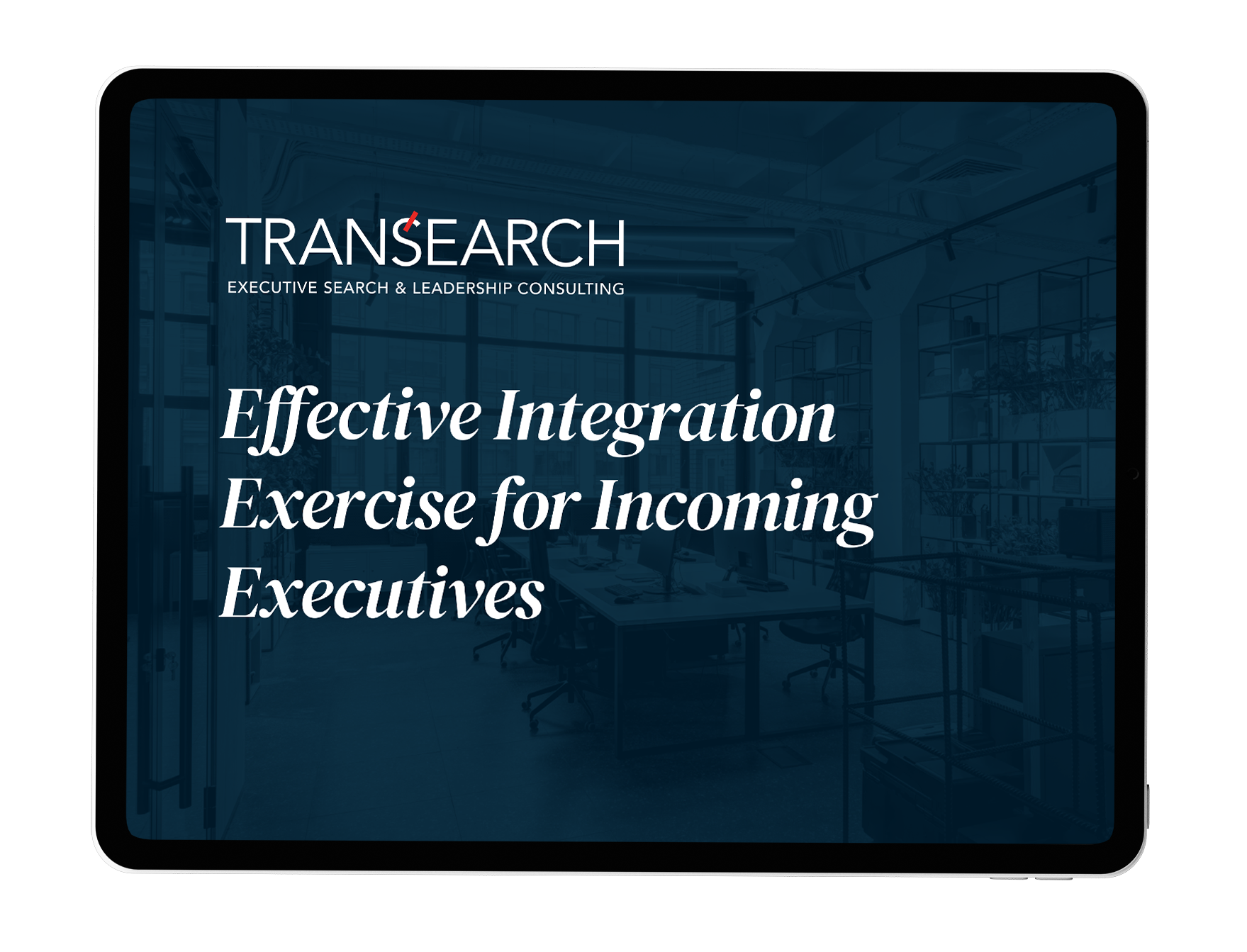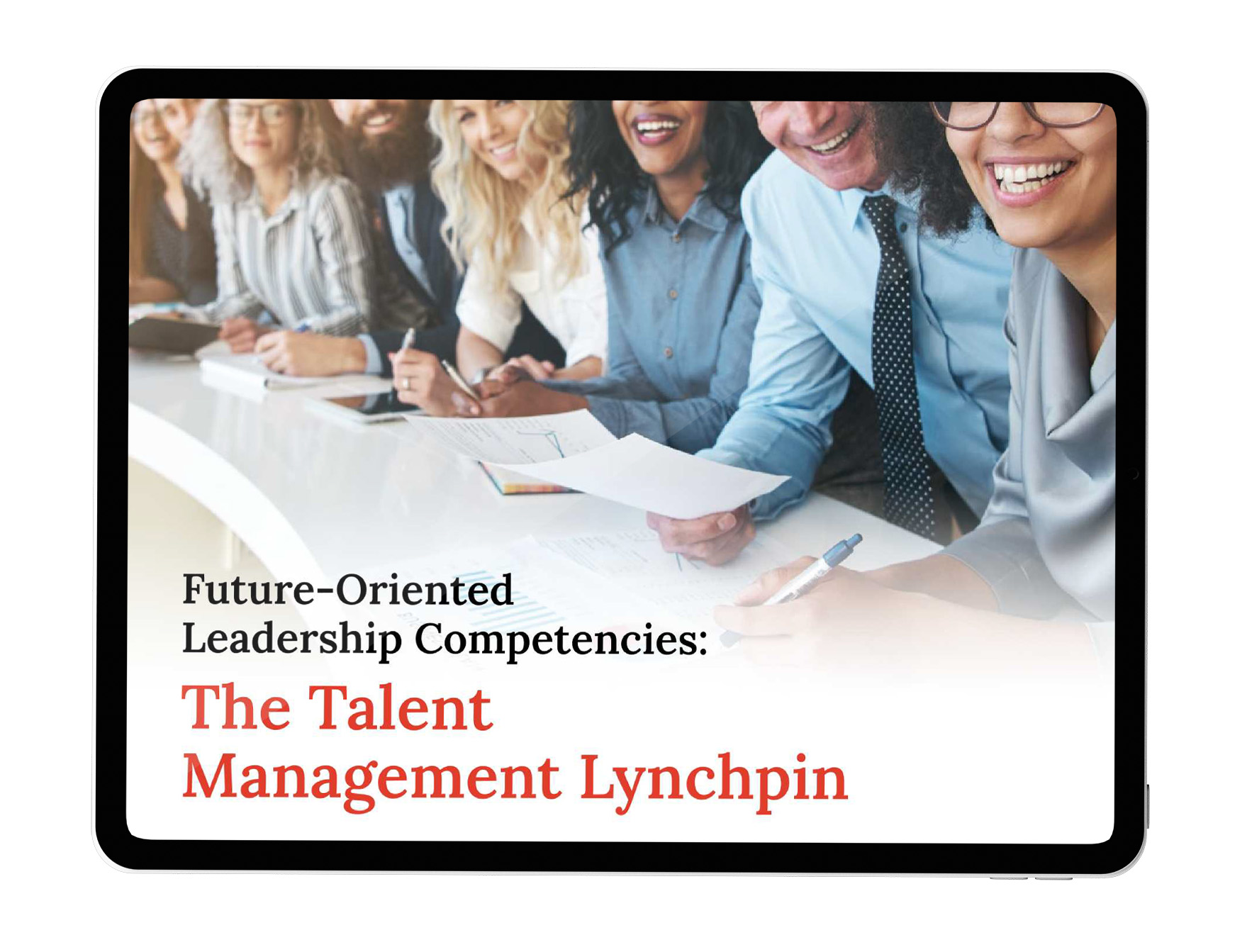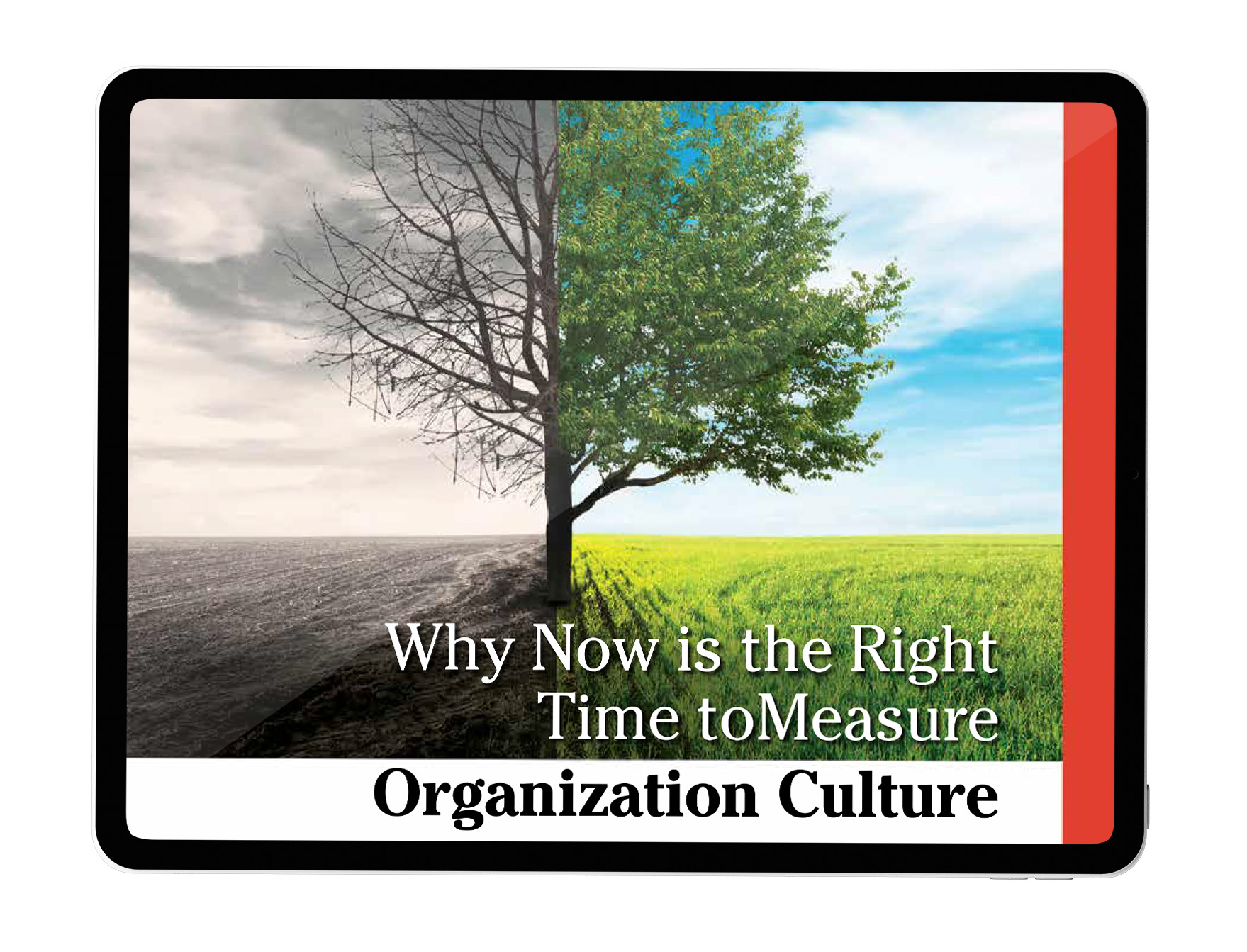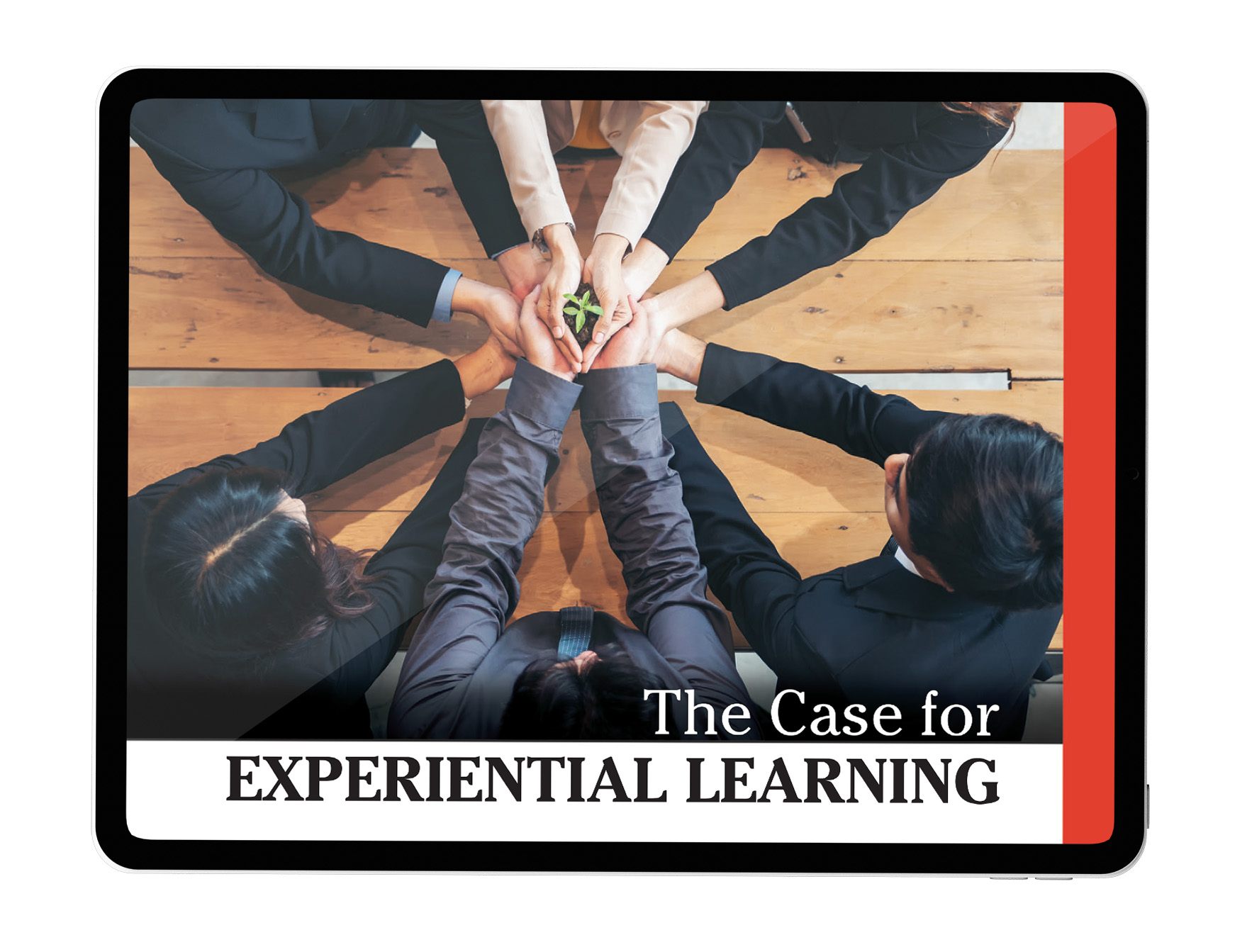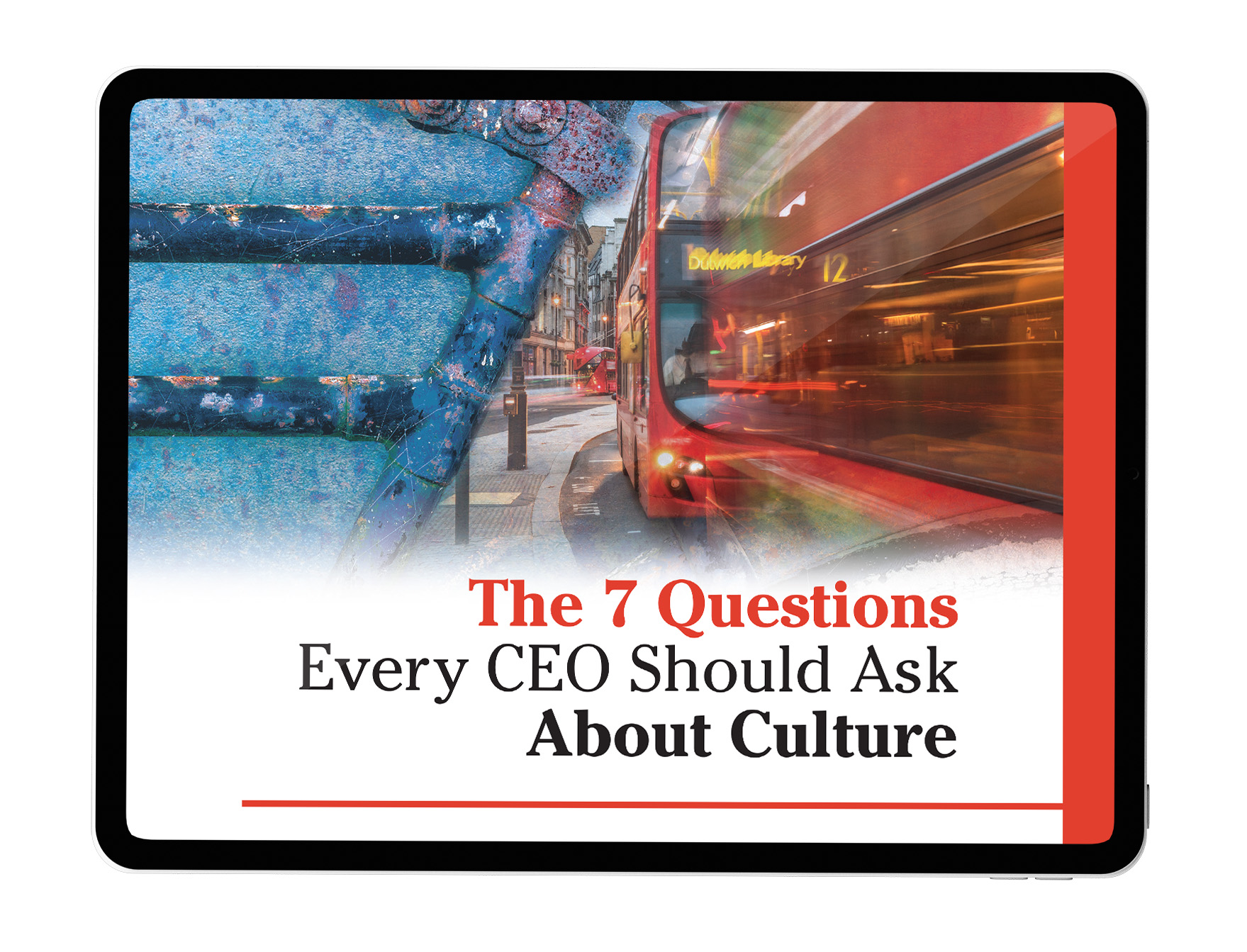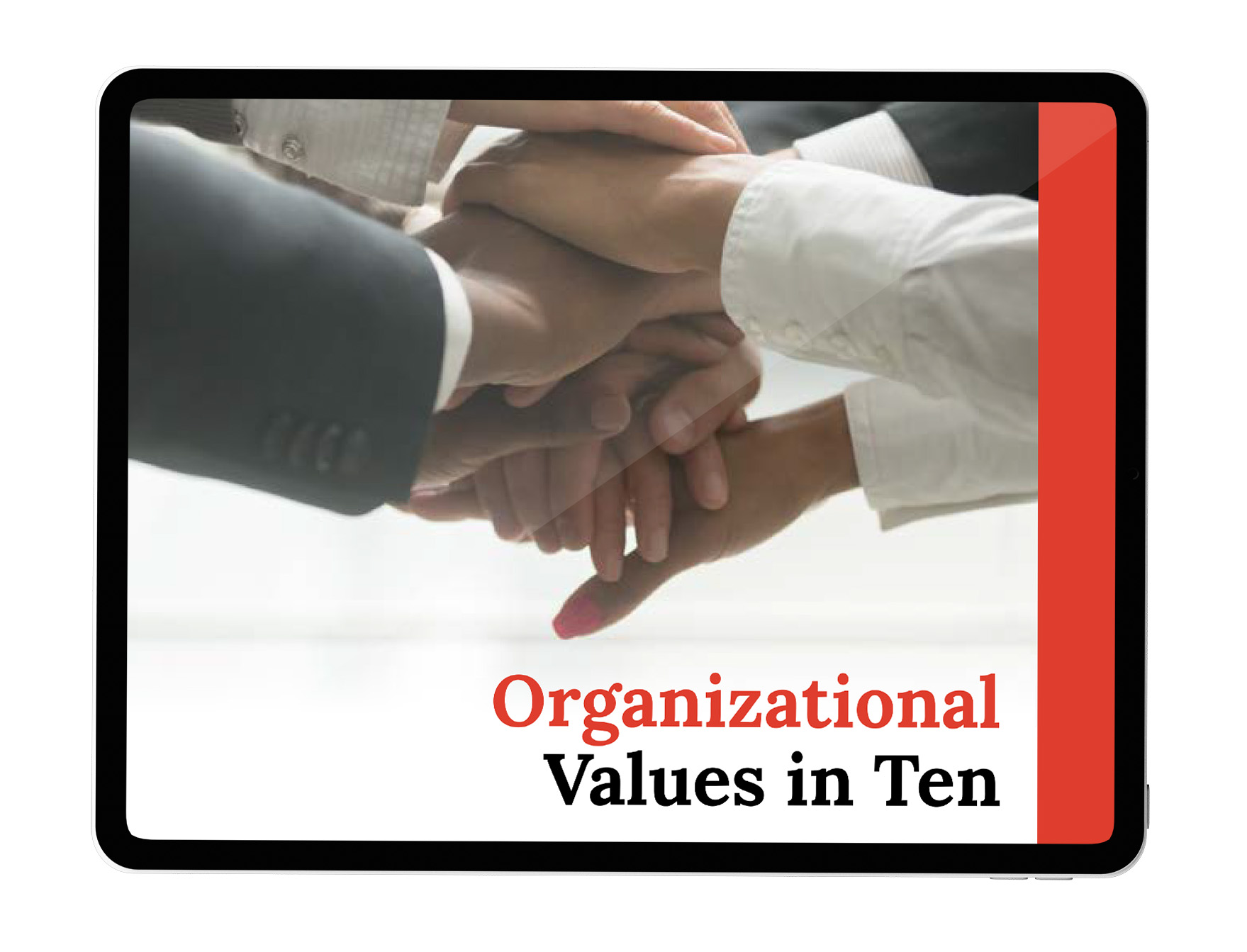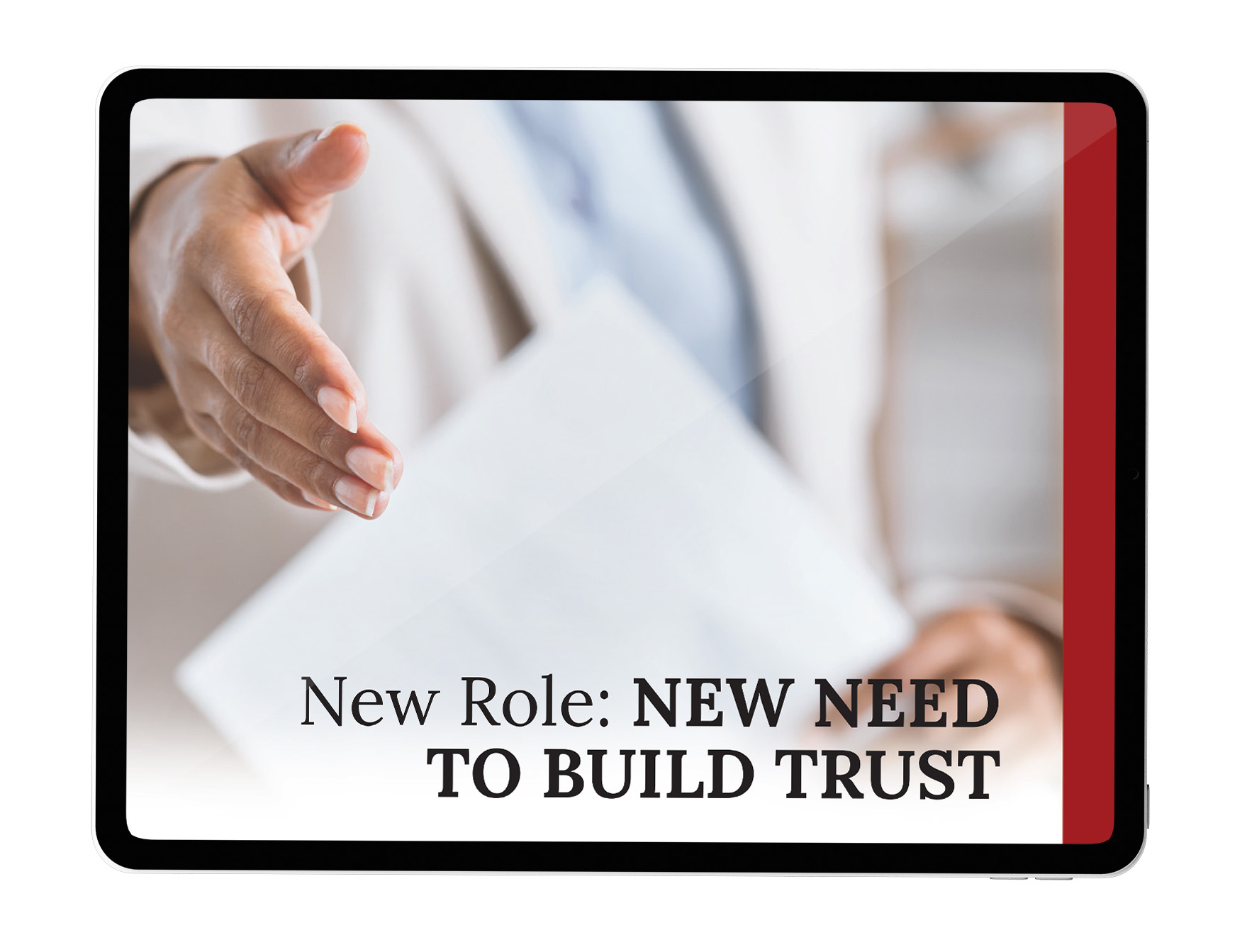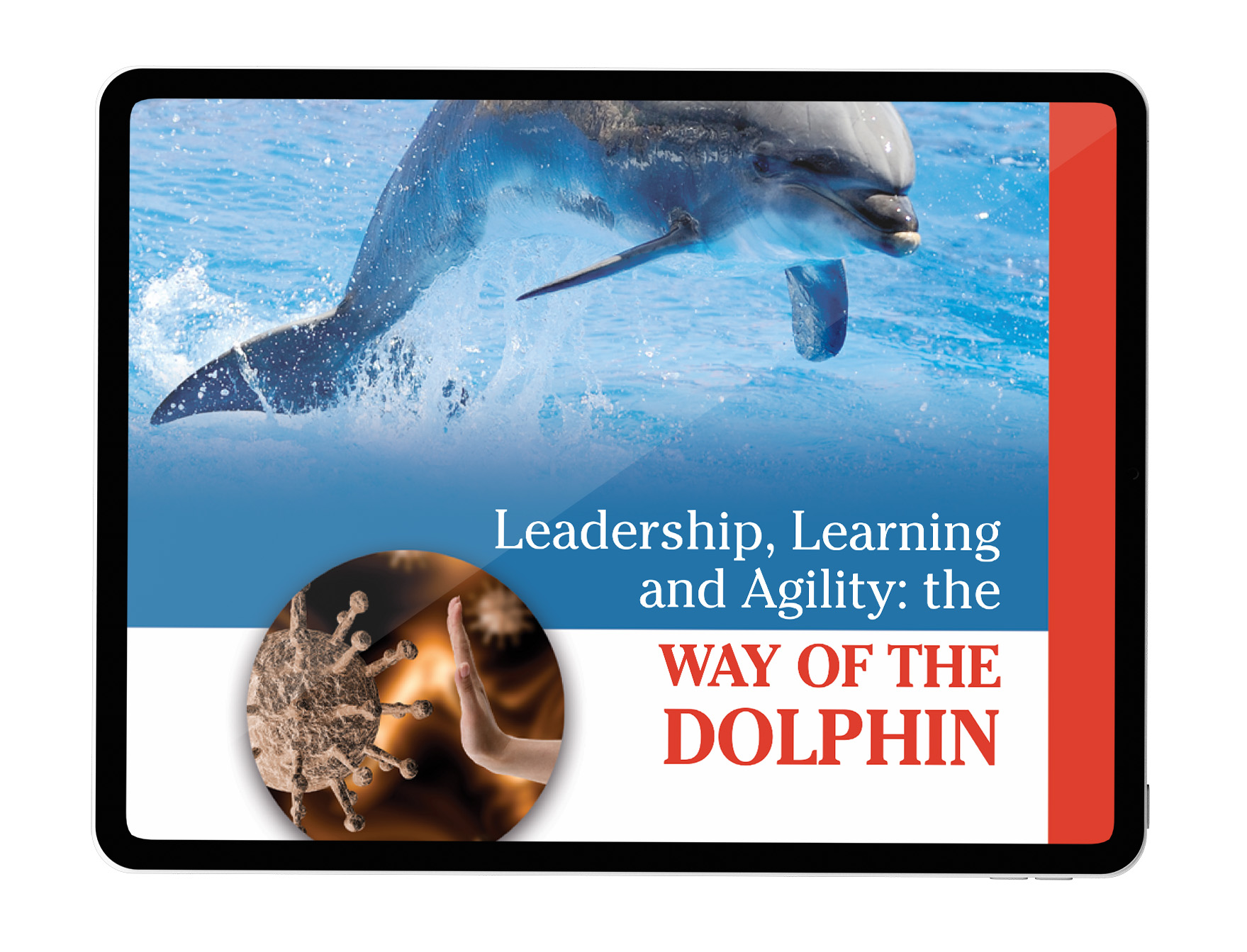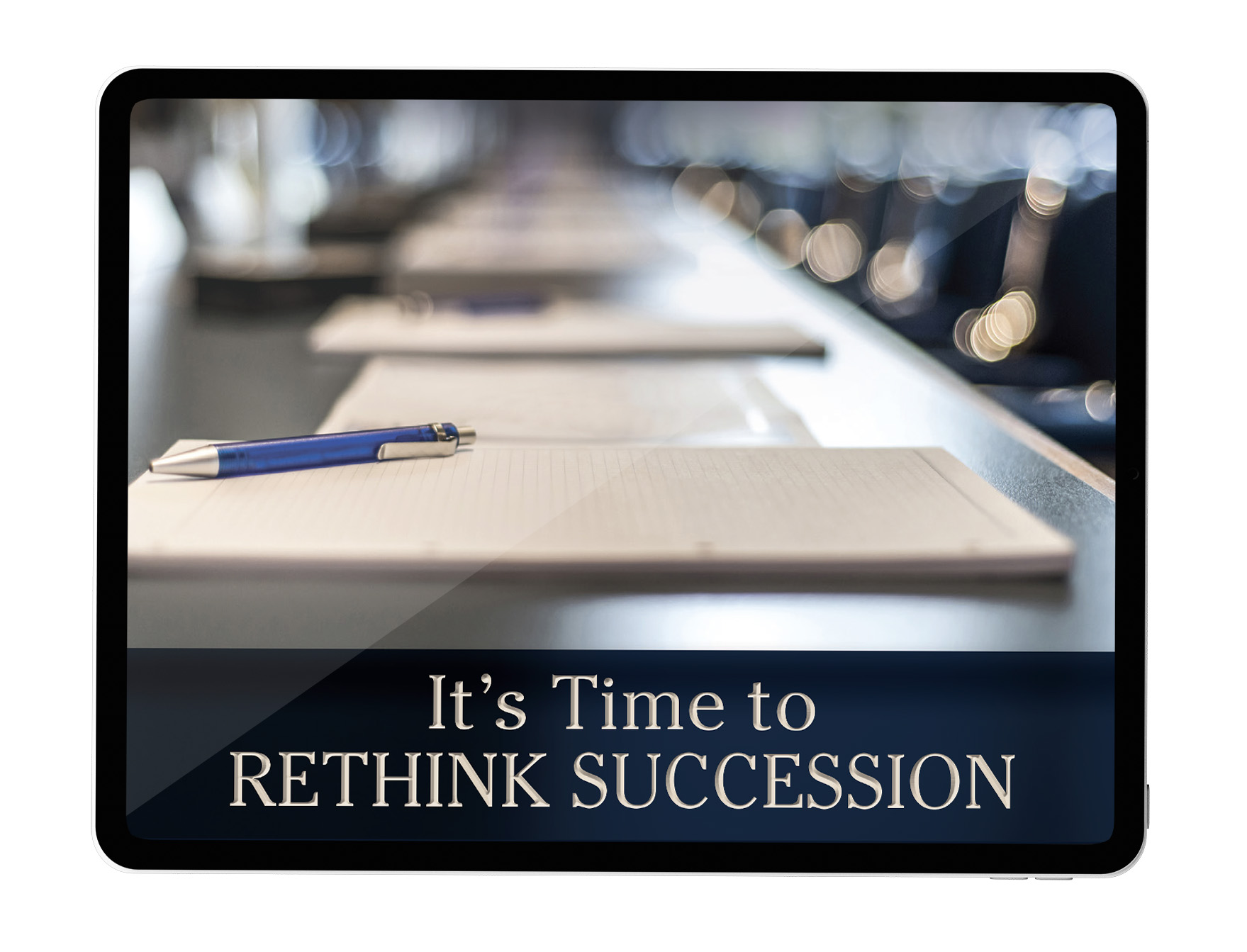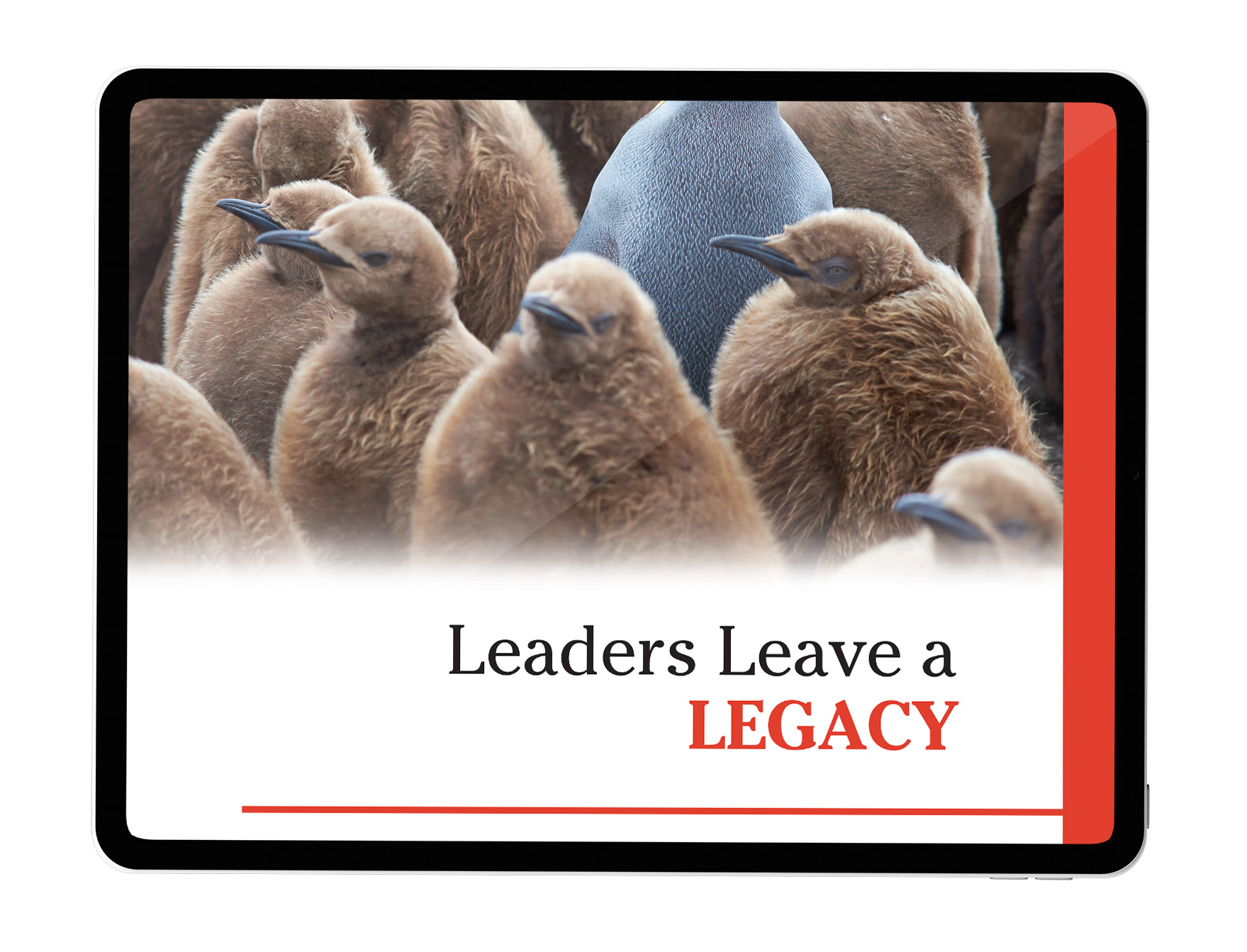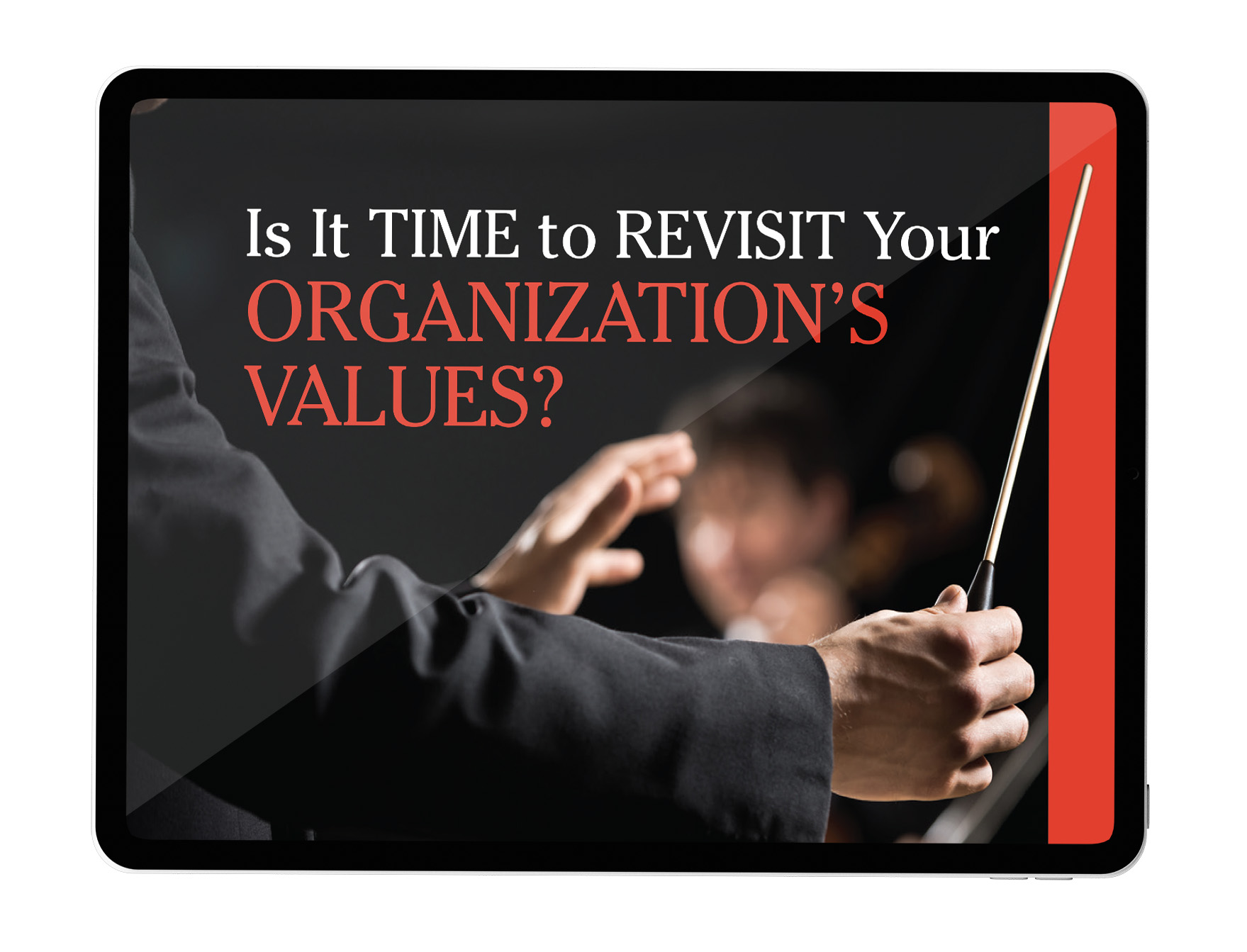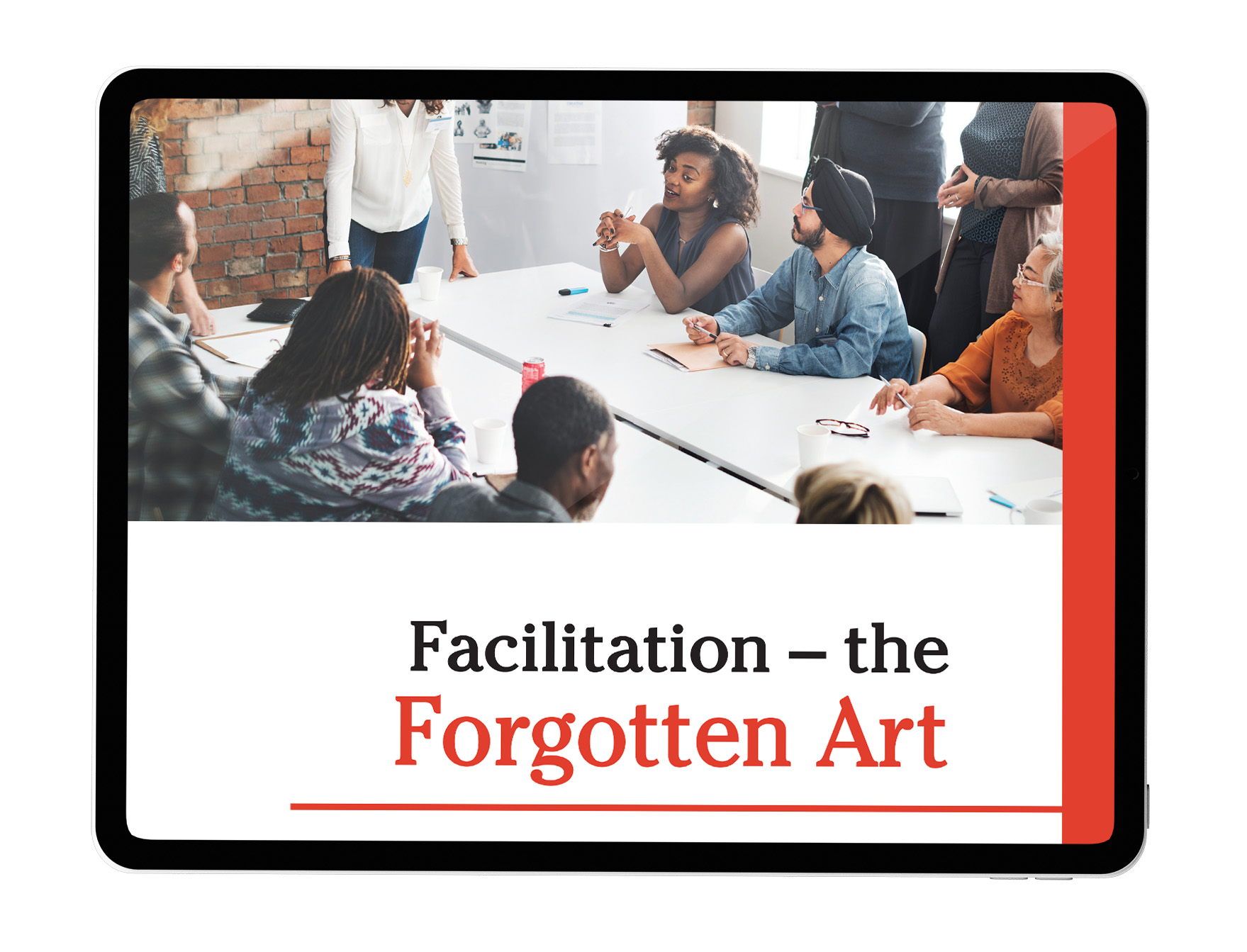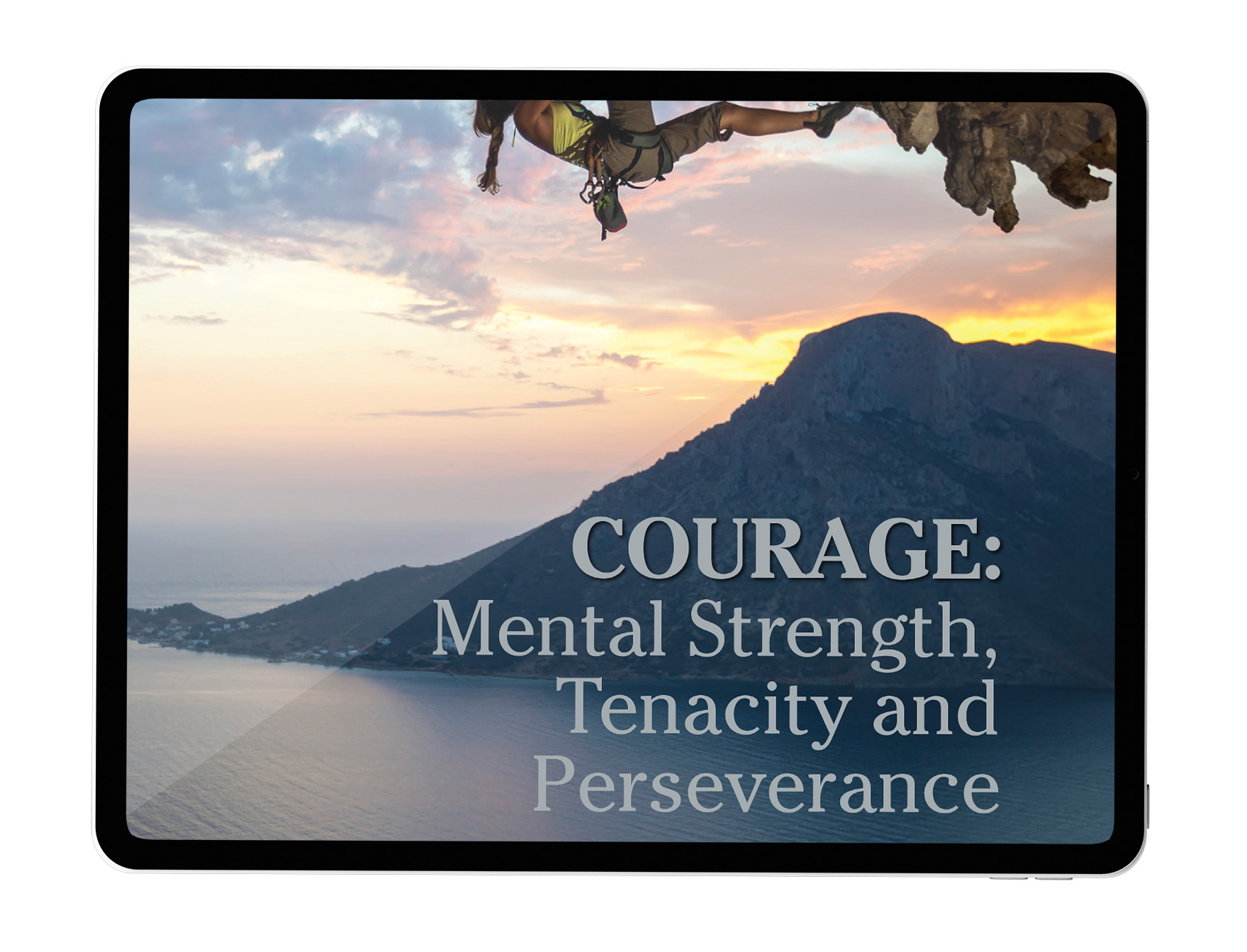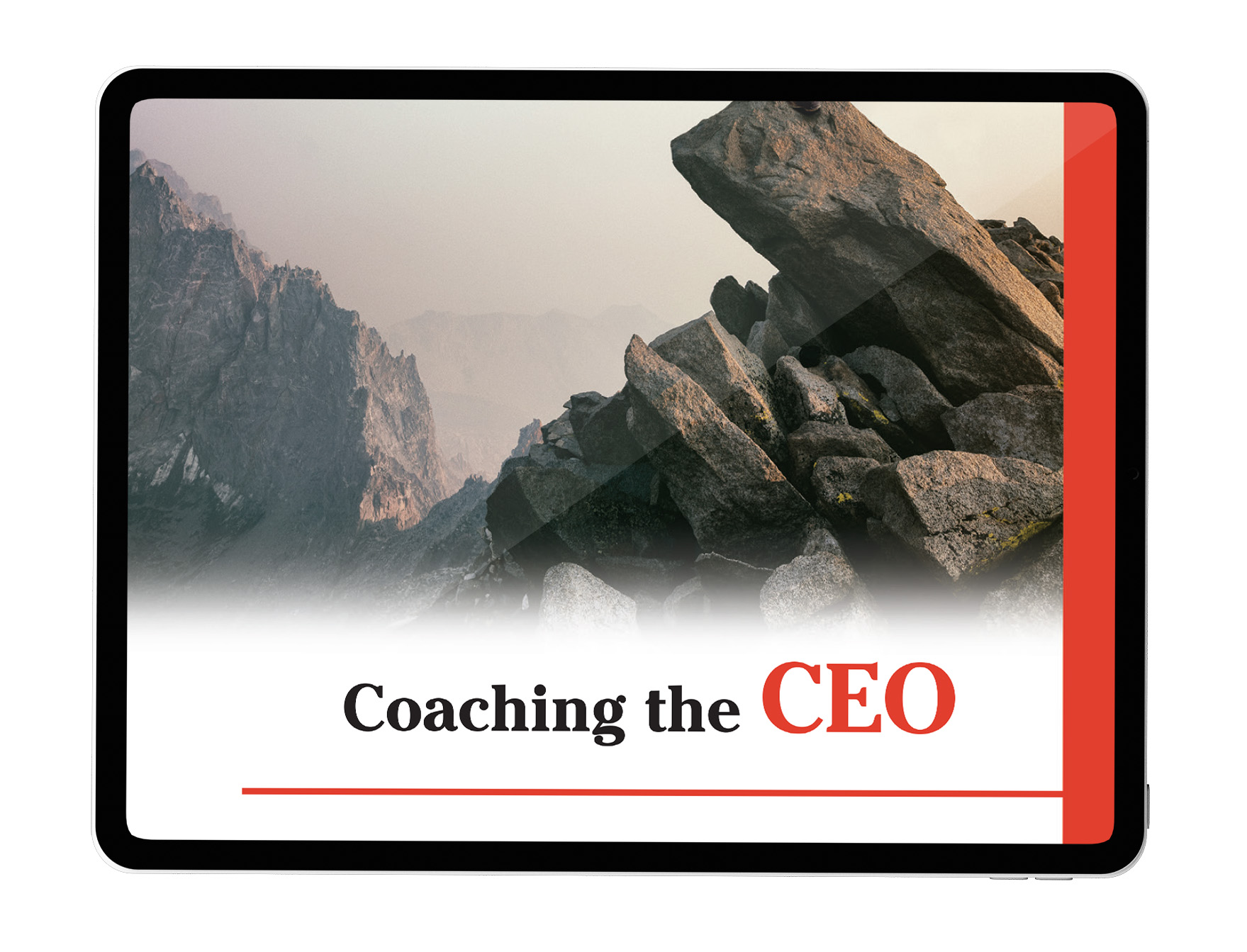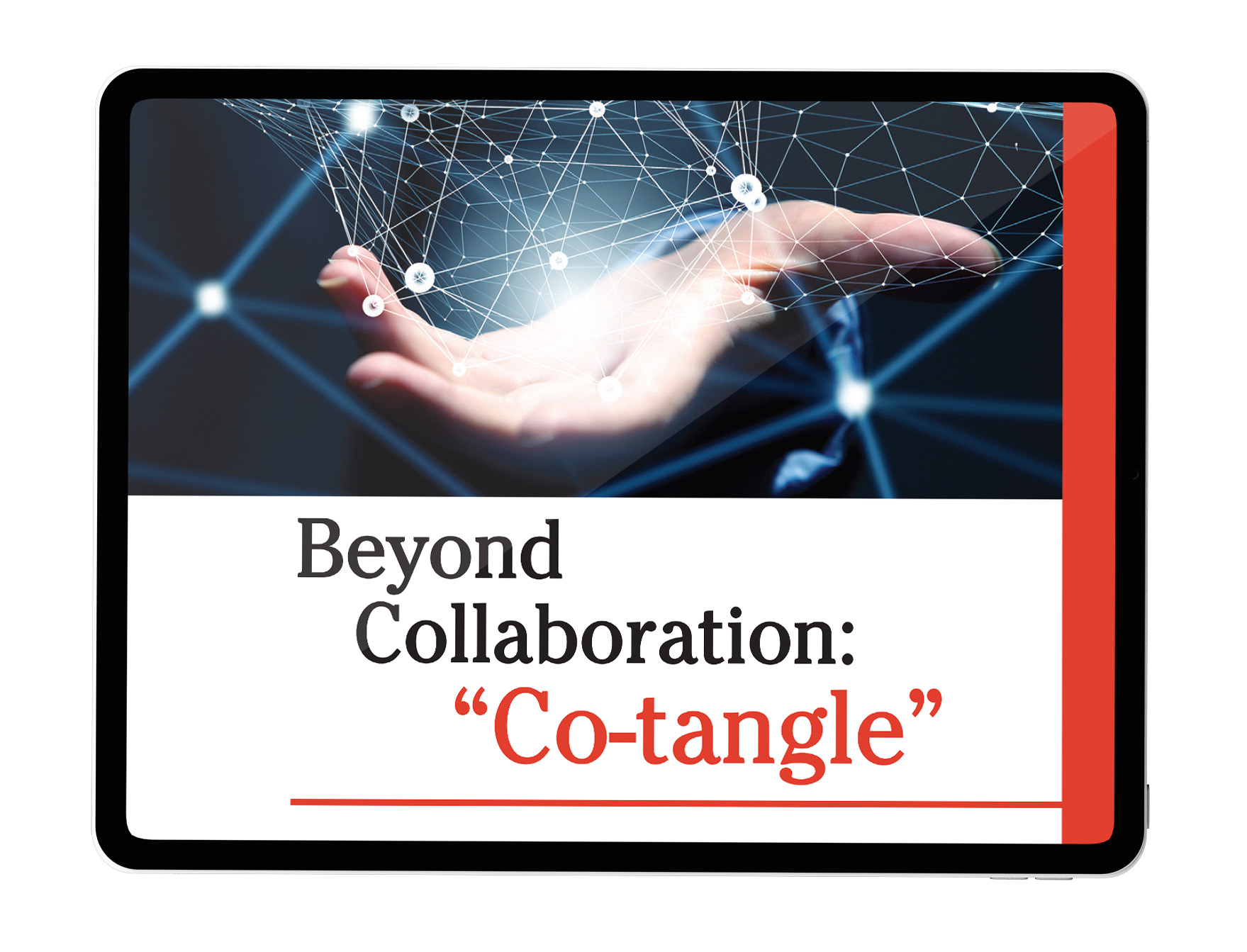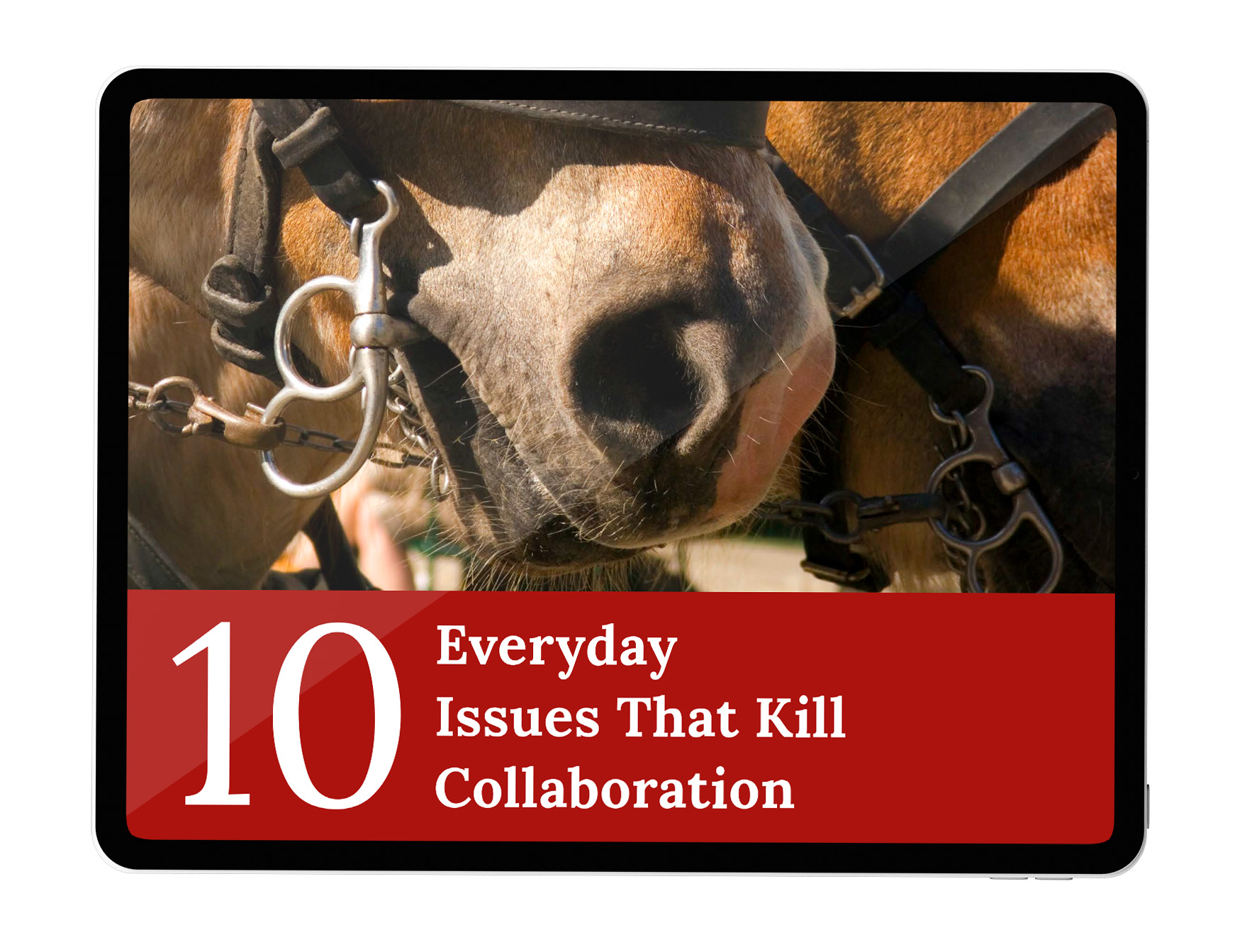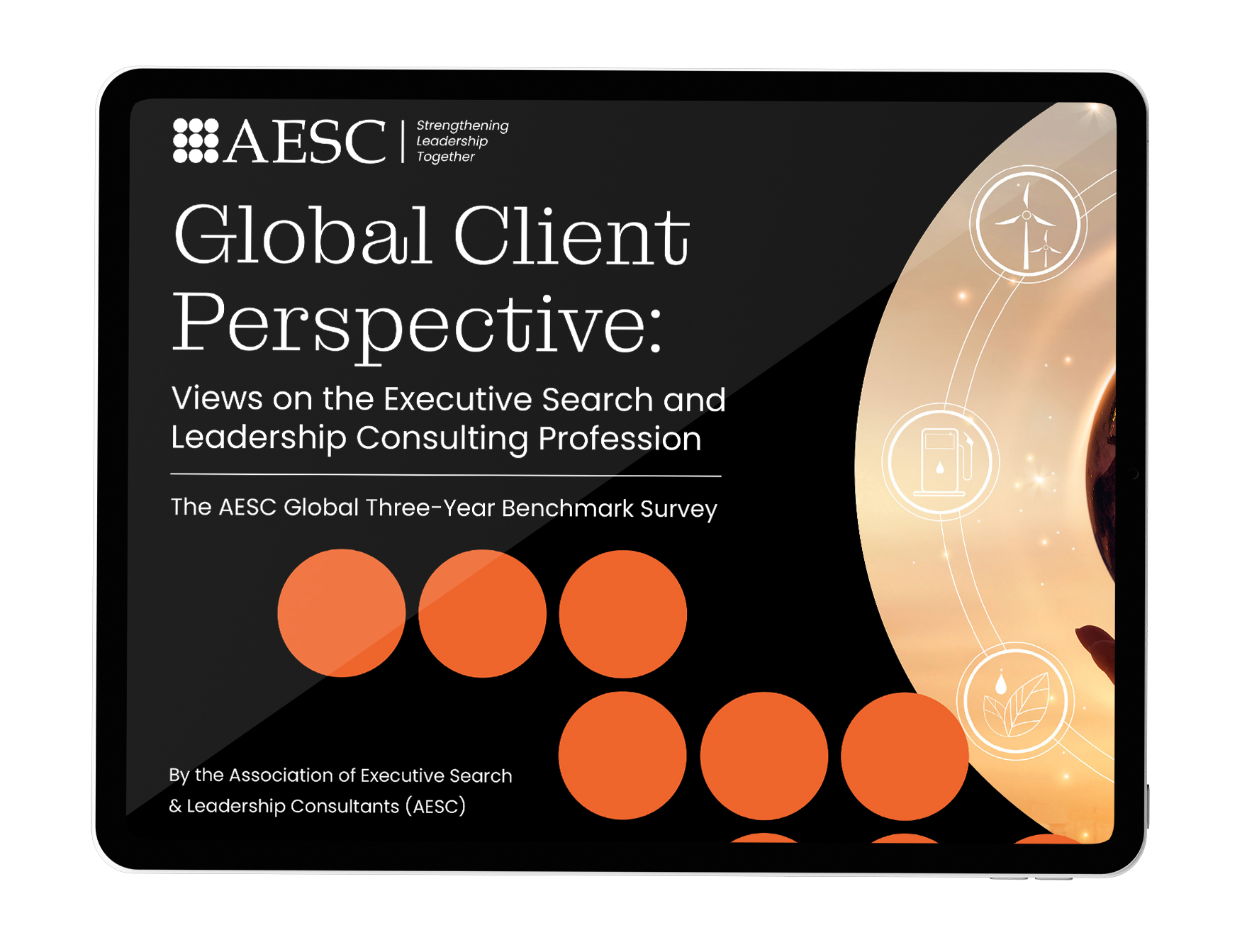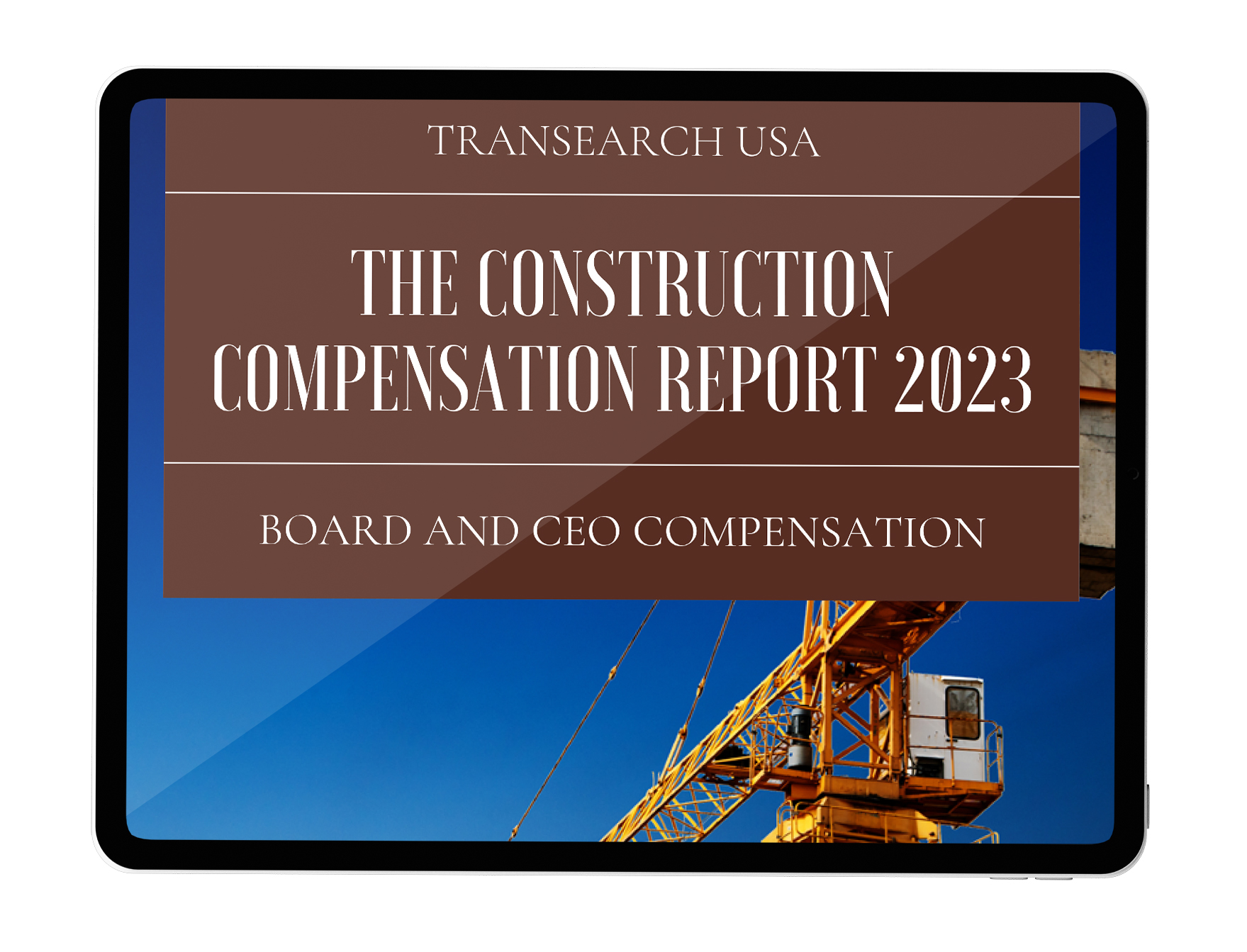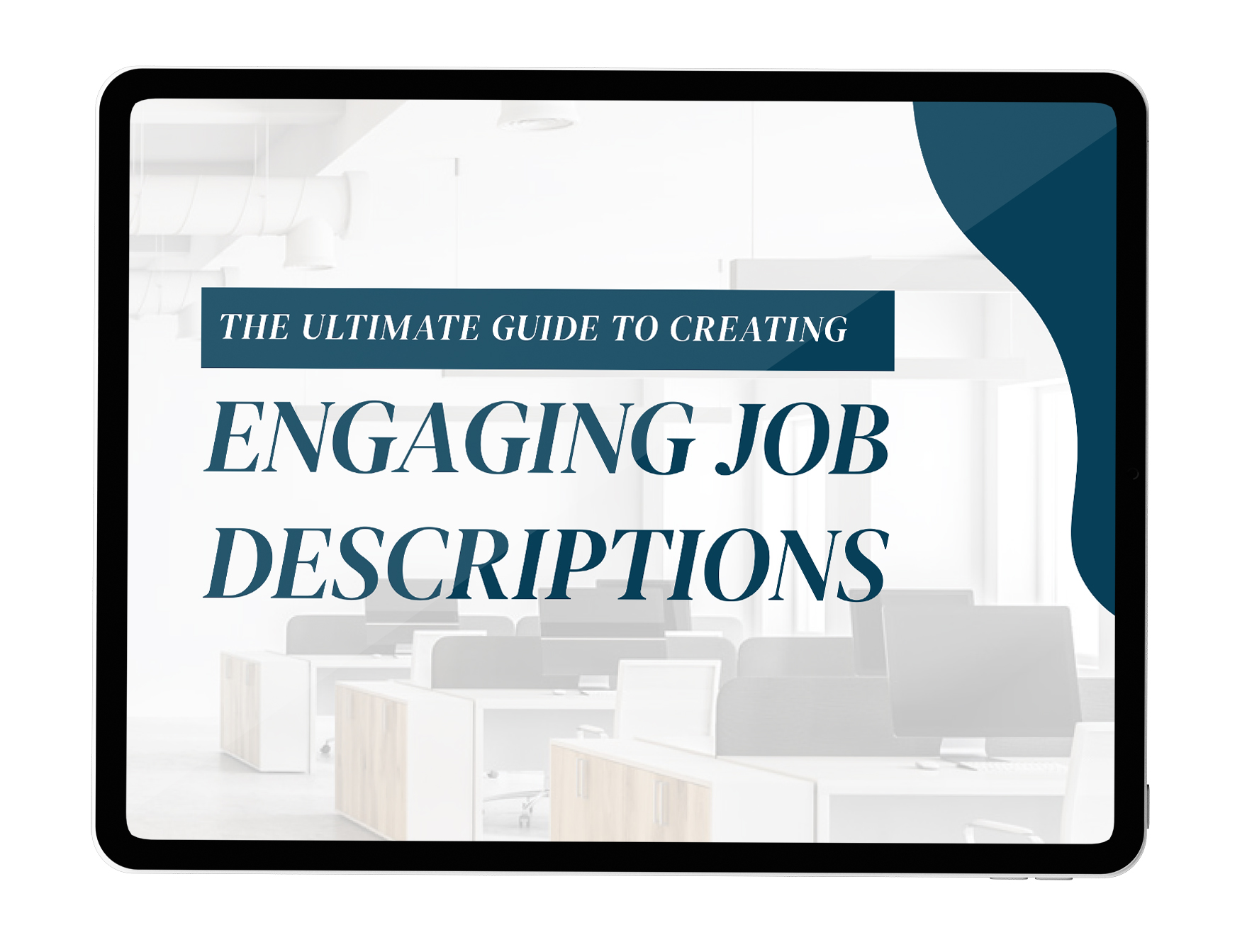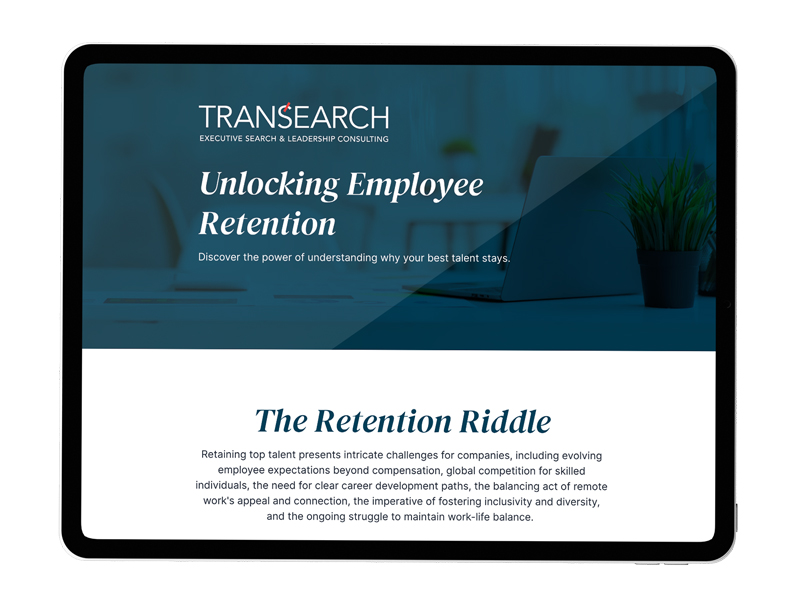After a decade of honing a successful career in e-learning, Chad Knowler needed to switch gears. The thought of a shake-up energized him. He quit his job and went back to school to learn Sustainable Energy Systems Management.
“I felt a responsibility to help with the global energy transition,” explains Knowler, who hails from Canada and is now in the Netherlands to pursue his studies. “At the risk of sounding sensational, I think the risks of unabated climate change are too big to sit back; we’re the last generation that can do something about it, so we MUST.”
Knowler isn’t being sensational. The clock is literally ticking in the race to a green economy and industries like Architecture, Engineering, and Construction (AEC), as well as many others, are clearly seeing there aren’t enough skilled people to meet workforce demands.
“Based on the current trajectory of green skills growth in the labor market, we are not going to have the sufficient human capital to meet our climate targets,” explains the comprehensive
Global Green Skills Report 2022 by LinkedIn.
The hard truth is that right now we are nowhere close to having sufficient green talent, green skills, or green jobs to deliver the green transition.”
Let’s take a closer look at the labor crunch in AEC and delve into solutions to power up the green talent pipeline.
Why aren’t there enough people?
AEC is a project-based industry. Whether it’s retrofits or new builds, you can’t complete projects on time or on a budget without skilled front-line workers, as well as leadership. Both these groups are aging and retiring in droves.
About 40% of U.S. construction workers are expected to retire by 2031.
What about attracting and recruiting younger folks? It is not happening in sufficient numbers in construction. Since the 1980s, enrollments in skilled trade programs have been on a steady decline, and in a National Association of Homebuilders survey of young adults between the ages of 18-25,
only 3% reported interest in pursuing a career in construction. Young people are not answering the engineering call, either. According to David Burstein, who consults AEC firms via PSMJ Resources, “midlevel and senior-level civil engineers are just not out there, pointing to
“big dips” in the number of students who graduated with civil engineering degrees in the late 1980s all the way to the early 2000s.
So, what will help entice more people to the field?
Research by IT services and consulting company Cognizant found ESG is key for recruiting and retaining younger workers. Its study found 76% of Gen Z workers (aged 20-26) and 71% of Millennials (aged 27-40) said a company’s commitment to environmental protection and sustainability was a crucial factor they looked for in choosing where they want to work.
Future-proofing AEC jobs: Mixing tech, talent, and green skills
Green skills in the context of AEC encompass preventing, monitoring, and cleaning up waste, optimizing environmental stewardship, and conserving natural resources. The fact is the sector has a lot to conserve and clean up.
McKinsey reports that 600 million tons of construction waste is created each year in the U.S. and the sector is responsible for almost 25% of GHG emissions.
But AEC businesses across the U.S. and the globe are taking the lead in the race to net-zero emissions. This will not only help address climate change but also bring talent to the industry. For example, Microsoft recently redeveloped a large campus in Redwood, WA. They selected engineering and consulting firms that brought varied talent, tech, and green skills to meet their ESG benchmarks. Specifically, project contributors employed a special carbon-smart material procurement resource called the Embodied Carbon Calculator or EC3. This enabled a
reduction in embodied carbon by as much as 30% without an increase in the cost of the project. These types of AEC projects that leverage green tech and are driven by ESG goals will help allure and retain the talent AEC firms imminently need.
Partnerships: Companies & Educators
Businesses and educational institutions all need to come together to help transition the hiring market to focus on skills and abilities. Knowler fully agrees. “Many jobs (today)… aren’t going to exist in 5, 10 or 20 years,” Knowler relates. “I think governments and…industry have a responsibility to start re-skilling people to set them up for this transition…. To do this, there should be a focus on developing applicable and useful programs in post-secondary and provide grants or scholarships to encourage enrolment along with a robust program of partnerships between schools and employers.”
Knowler personifies this paradigm shift. The Hanze University of Applied Science, where he is earning his Master’s, notes his degree aims to provide the “economical and management skills and technical knowledge you need for employment… through real-life business cases and projects.”
Experiential learning is paramount to solving the people shortage. Fortunately, there is a wave of initiatives where industry and educators are partnering up. Sierra Pacific Industries (SPI) is a family-owned forest products company with operations in three states. It has a strong ESG ethos and connections to AEC. The Sierra Pacific Foundation recently awarded almost $620,000 in scholarships to post-secondary institutions. Many of these students will receive paid internships at Sierra.
One of the major sustainability innovations the company teaches its workers is operating machinery that removes bark in a sustainable way which is then used by construction firms for building materials. “Chips are used to make paper and cardboard products and sawdust is used to create pellets for fuel,” notes Lisa Perry, the company’s Community Relations Manager. “Two of our mills used a mix of these products to produce electricity through a co-generation process, providing green power to local communities.”
Mentorship
As the green movement expands with great speed, leaders in the space have gained pivotal skill sets, industry knowledge, and practical work experience. C-suite leaders in AEC today frequently have a combination of technical knowledge of climate and energy management, industry wisdom regarding the politics at play in ESG, hands-on experience with sustainable sourcing, and cultural competencies like employee engagement. Along with applying these abilities, leaders must share their vast sums of knowledge and mentor the Knowler of the world.
“Being both the technical expert and the expert generalist at the same time… is as much an art as it is a science…This art can only really be learned through on-the-job experience under the guidance of an established practitioner,” says
Andrea McCormick, the Head of Sustainability at OVO, the UK’s third-largest domestic energy supplier. “The mentorship I’ve had from veteran sustainability professionals has been invaluable in preparing me for the challenges I’ve faced.”
Final thoughts
Green skills are the foundation of the green transition; they’re also the key to building a talent pipeline. If AEC businesses brand their ESG commitments, mentor the next generation and, team up with educators that focus on experiential, green skills learning, they will attract the people needed for a sustainable and successful future.

